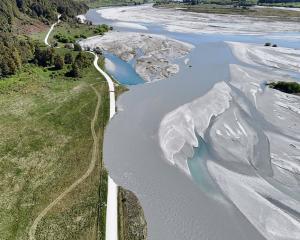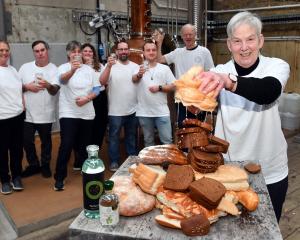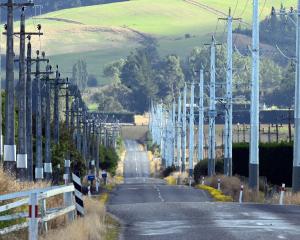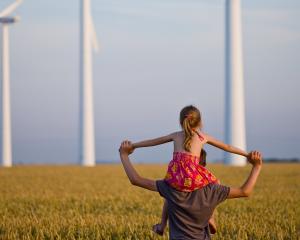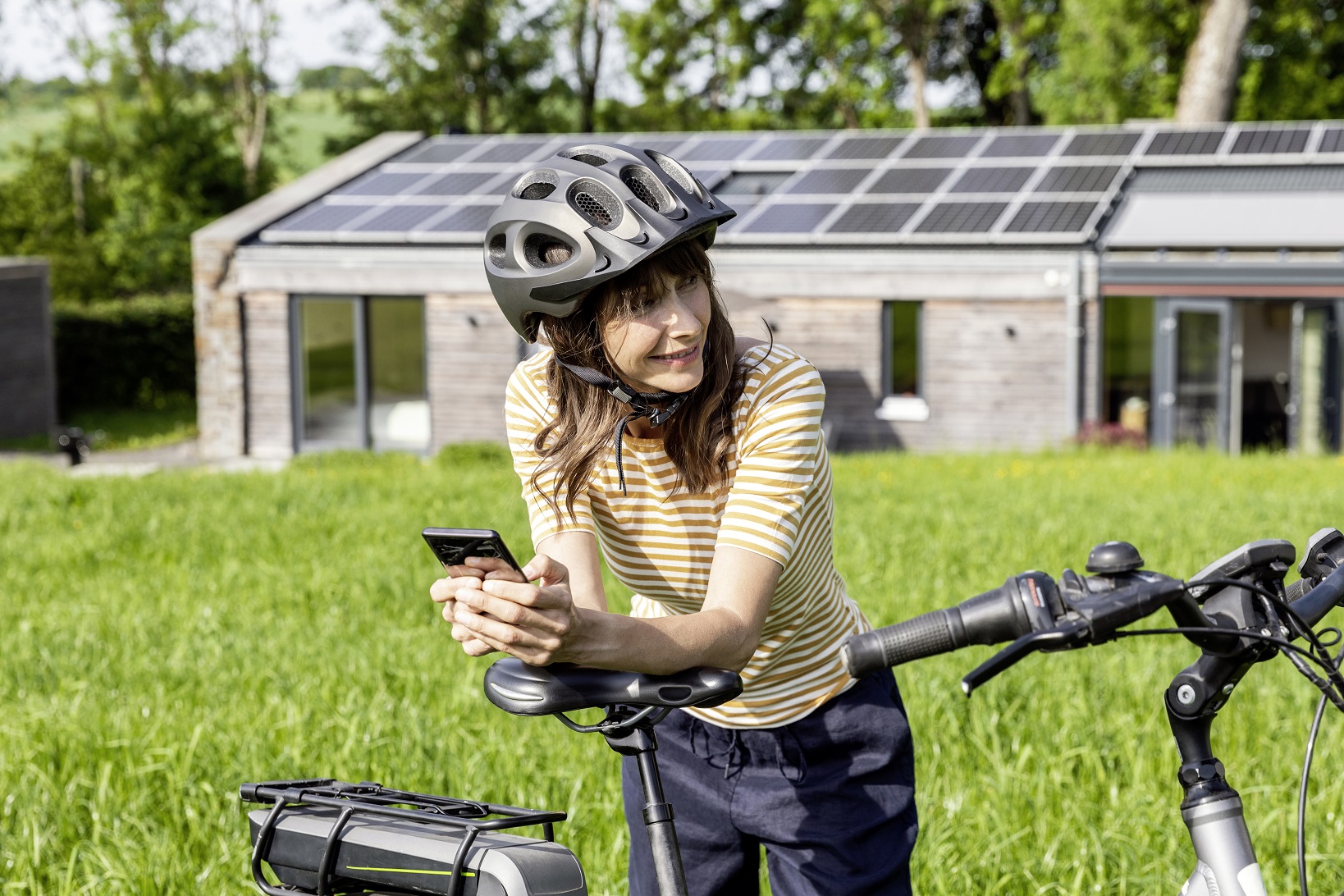
Looking back over the past six months as we approach Matariki, there’s no doubt that 2023 so far has been a shocker. Cyclone Gabrielle was the biggest storm event, but not the only one. Tāmaki Makaurau/Auckland and Northland have borne the brunt of the climate impacts expressed in a deluge of storms, flooding, landslides, etc and loss of lives, livelihoods and homes.

The "building capacity" part is important, because we have had decades of the "Think Big" mindset and many burnt-out attempts to democratise our energy system. Around the motu there are many people who have attempted to challenge the status quo and develop community energy projects and these packages of funding may well enable some of that experience and knowledge to be harnessed for good.
Regions and communities that were cut off or isolated after extreme weather events can be made more resilient through local area energy planning and investment in renewables with storage. We will experience more adverse events, with greater regularity. So ensuring that energy supply can be maintained even in extreme events is of critical importance, to keep the power on, the fridges and freezers working, the communications open, the lights and heaters on, the hot-water and EVs charged so that transport is still accessible.
The challenge, however, is that the regulatory levers are still being worked on. I submitted my thoughts on the "Strengthening National Direction on Renewable Electricity Generation and Electricity Transmission" document recently. The consultation document was timely, given the need to decarbonise rapidly and ensure that remoteness doesn’t mean abandonment. It was well written for the most part, but had a degree of complacency at its heart, and we don’t have the luxury of years to get to a perfect point. We need action now. That is why I’d like to see simple national environmental standards for no nonsense wind and solar farms close to where the energy demand is. Transmitting electrons over extremely long distances is not only inefficient, it also makes us vulnerable to more adverse events, like a storm or an earthquake impacting the national electricity network.
Our remote and isolated communities have a degree of resilience, through experience and a culture of self-reliance. But they are still vulnerable and a decent national integrated energy transition strategy would phase out fossil fuels and transform the existing energy infrastructure to re-localise and better withstand extreme weather events. We can ensure mass electrification through distributed energy resources by harnessing the power of low-voltage networks — our local poles and wires and all they connect. This way we would enable communities, wherever they are, to flourish in a time of uncertainty, and address energy hardship at the same time, through providing for the most vulnerable with cleaner, cheaper, smarter power.
We have so many opportunities once we open our eyes to the potential. As we shift our perspective on the place of two-way flows of electrical energy we can build value, harness existing under-utilised resources (i.e. hot water cylinders, heat-pumps, EVs). We can collaborate for flexibility and responsiveness to deliver energy wellbeing above super profits for shareholders. This is the future that is ours to create together.
Scott Willis is a climate and energy consultant. Each week in this column one of a panel of writers addresses issues of sustainability.




